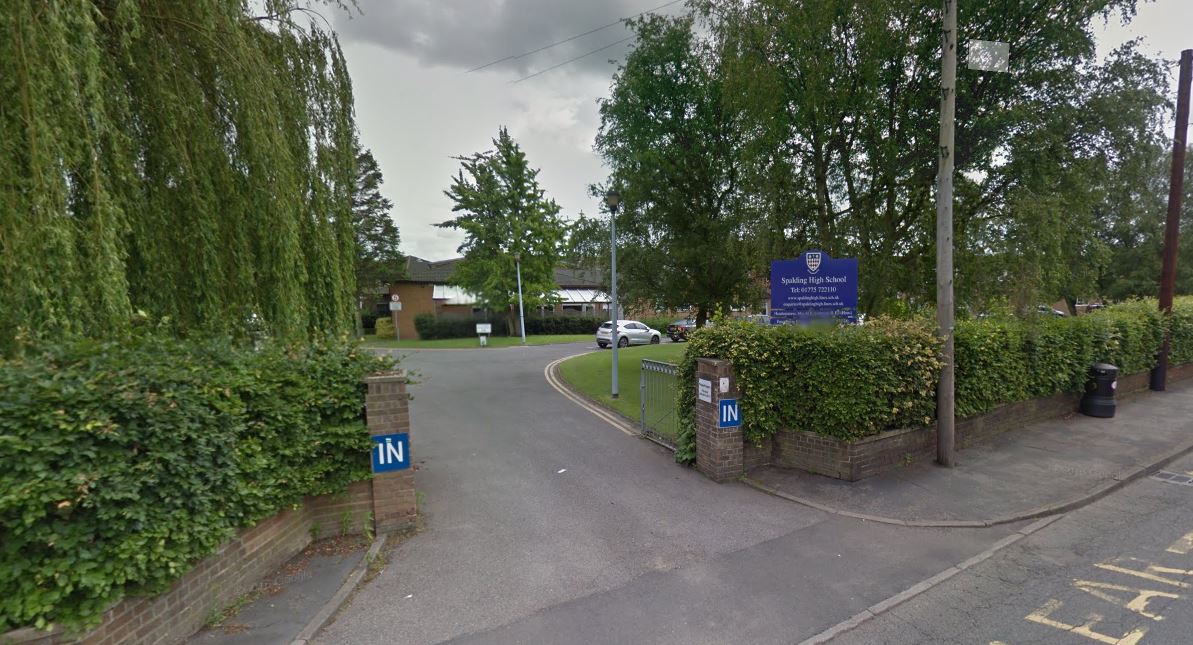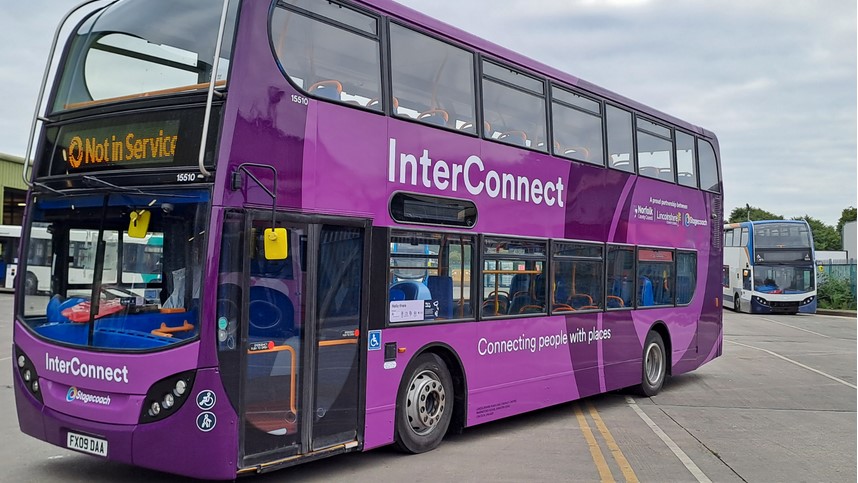District councils, including South Holland, face making cuts because of the rising cost of flood defences.
The District Councils’ Network is calling for the government to bring in a new system for funding Internal Drainage Boards as the current rules penalise residents.
“Internal drainage boards, which protect nearly one million properties, have seen their costs rise by an average of 28 per cent in the two years since 2022-23, mainly as a result of higher energy and fuel prices,” said a spokesman.
Under the current system, the district councils collect levies on behalf of Internal Drainage Boards (IDB), which are also public bodies.
The network says that special levies are agreed, with strict government restrictions.
Council Tax bills, for example are capped and the councils are unable to increase their total bills to cover the increase to the IDB levies.
“Internal Drainage Boards do a fantastic job in managing water levels and flood risk. They provide a vital service which is appreciated and valued by local authorities,” said Coun Paul Redgate, deputy leader of South Holland District Council and chairman of the Local Government Association Special Interest Group for IDB Levies.
“The funding challenges for IDBs cannot be underestimated, the funding mechanism has progressively impacted our councils since 2013 and the challenge has intensified dramatically in the last two years.
“The embedded cost is one that our councils simply can no longer afford. Its impact is becoming more significant every year that passes, and it’s not going to go away.
“We need the government to listen and work with us to deliver a long-term solution at pace. Councils are already in a precarious position on the services they can afford to provide and have difficult decisions to come,” he added.
The special interest group, with 33 members, has more than doubled since its formation nine months ago.
The Association of Drainage Authorities (ADA) is working on supporting local authorities.
“The current special levy payments process, which has worked well in the past, is now clearly not working, with local councils bearing the consequences when they can least afford to,” said Innes Thomson, the ADA chief executive.
A total of 112 IDBs in England protect 1.18 million hectares of land (just under ten per cent of total land area). A network of 625 pumping stations operate and maintain more than 13,670 miles of water courses. Their work reduces flood risk to more than 600,000 people.







